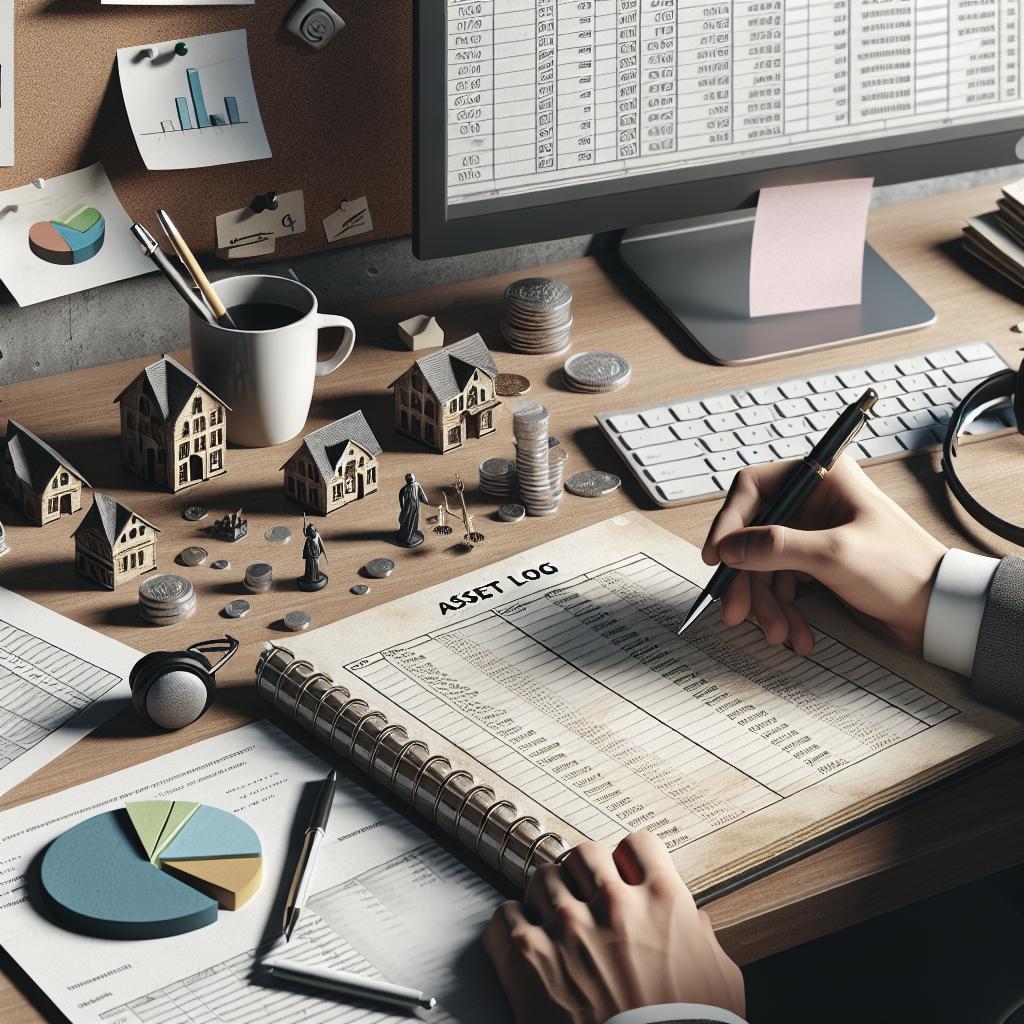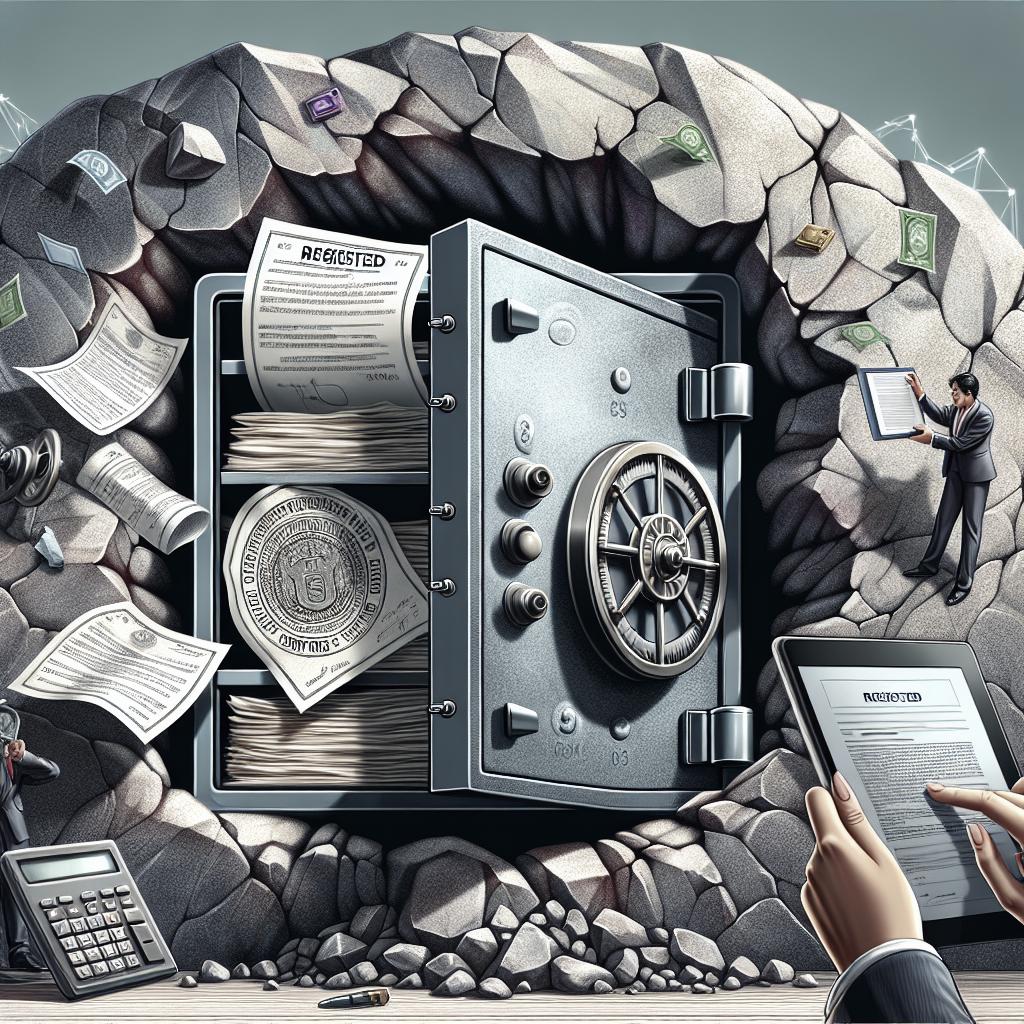< lang="en">
Blockchain technology has revolutionized various industries with its decentralized, secure, and transparent nature. One of its most promising applications is in the domain of asset registration. From real estate to digital assets, blockchain offers a tamper-proof and efficient way to record ownership and transfer assets. This blog post dives into the nuanced processes of applying blockchain to asset registration. We’ll explore the steps for decomposing the registration process, the role of primal authorities and oracles, how to ensure asset validation, and more. By the end of this article, you’ll have a comprehensive understanding of how blockchain can streamline and secure asset registration.
Applying Trust Pathways to Blockchain Registration
Decomposing the Registration Process
The first step in applying blockchain for asset registration is to understand and break down the traditional registration process. Typically, asset registration involves several intermediaries, such as notaries, banks, and government agencies, each adding time and cost layers while also being potential points of failure or fraud. Blockchain aims to minimize these intermediaries, providing a direct link between the asset and its owner, recorded on a decentralized ledger.
The decomposition involves mapping out every stage that traditional asset registration comprises. From the verification of ownership and identity to the recording of the transaction in an official ledger, blockchain replaces these steps with cryptographic proofs and smart contracts. By doing so, it reduces human error and increases the reliability of the data.
Primal Authorities and Oracles
Blockchain systems often require interaction with external systems and real-world data, and this is where primal authorities and oracles come into play. A primal authority could be a recognized entity like a government or a trusted corporation that initially verifies and inputs an asset’s data onto the blockchain. Oracles serve as the bridge between the blockchain and external data, feeding real-world information into the decentralized system.
For example, in real estate, a governmental body might serve as the primal authority to confirm ownership of a property before it gets registered on the blockchain. An oracle might provide updates, such as property tax records or zoning changes, ensuring the blockchain data remains current and accurate. It’s essential to design these interactions with security and transparency to maintain trust in the blockchain system.
Asset Validation: It’s Only There When You Look At It
Registration Requires Proof
One of the most critical aspects of asset registration on a blockchain is the requirement for proof. Before an asset can be registered, there must be irrefutable evidence of its existence and ownership. This is achieved through several cryptographic techniques such as hashing and digital signatures, which provide a verifiable link between the asset and its owner.
Proof of existence and ownership ensures that the blockchain cannot be tampered with. This proof is recorded in blocks and linked together with hashes, making any attempt at fraud immediately evident to all network participants. The decentralized nature of blockchain ensures that it is practically impossible to alter an entry without the consensus of the network.
All Assets Need Standards
For blockchain asset registration to work effectively, standards need to be established and adhered to. These standards ensure uniformity and make it easy for various systems and entities to communicate. For example, standardizing the way real estate data is formatted on the blockchain can facilitate integrations with property taxation systems, zoning authorities, and even buyer financing systems.
Creating such standards often involves industry-wide cooperation and may require input from multiple stakeholders. A standardized approach not only ensures the uniformity of the data but also facilitates interoperability between various systems and platforms, thereby reducing complications and enhancing the efficiency of asset registration on the blockchain.
Blockchain-Encoded Assets Can Be Validated
Once an asset is registered on the blockchain, its existence and ownership can be easily validated. This is one of the most powerful features of blockchain technology for asset registration. Using digital certificates and cryptographic keys, stakeholders can verify ownership and the asset’s history without relying on intermediaries.
This has profound implications for various industries. In real estate, for example, potential buyers and financial institutions can quickly validate property ownership, reducing the need for lengthy title searches. Likewise, in the case of digital assets, such as intellectual property, the blockchain can serve as a definitive record of ownership and originality.
Blockchain Solves the Standardization Problem
Blockchain addresses the standardization issue by providing permanent, immutable records that adhere to set protocols and structures. When new assets are encoded to the blockchain, they follow pre-defined standards making the data universally understandable and verifiable. This reduces the risk of discrepancies and errors, which can often plague traditional asset registers.
Moreover, utilizing smart contracts ensures that these standards are enforced automatically. Smart contracts are programmable agreements that execute when predefined conditions are met. In the context of asset registration, smart contracts can automate compliance with standards, thereby enhancing efficiency and security.
Specification: Decentralized or Centralized?
A crucial decision in blockchain asset registration is choosing between a decentralized or centralized approach. A decentralized system distributes control across various nodes, ensuring transparency and security. It minimizes the risk of data tampering, as altering a record would require consensus from the majority of the network participants.
Conversely, a centralized system might be easier to implement and manage. It could be more efficient for smaller applications or within specific corporations or governmental departments. However, centralized systems might compromise some of the core benefits of blockchain, such as immutability and transparency.
Moving Forward
The potential for blockchain in asset registration is immense, offering a paradigm shift from traditional methods. As technology continues to evolve, further innovations and standardizations will only increase the efficiency and reliability of blockchain-based asset registration systems. The next steps for businesses and governmental agencies involve exploring pilot programs, investing in blockchain education, and participating in industry consortia to establish standards and best practices. By staying informed and engaged, stakeholders can leverage blockchain technology to its fullest potential, benefiting from increased security, transparency, and efficiency.
References
- Antonopoulos, Andreas M. Mastering Bitcoin: Unlocking Digital Cryptocurrencies. O’Reilly Media, 2017.
- Tapscott, Don, and Tapscott, Alex. Blockchain Revolution: How the Technology Behind Bitcoin and Other Cryptocurrencies is Changing the World. Penguin, 2016.
- Nakamoto, Satoshi. Bitcoin: A Peer-to-Peer Electronic Cash System. 2009. Access here
Next Steps
| Section | Summary |
|---|---|
| Applying Trust Pathways to Blockchain Registration | Decomposing the registration process and the role of primal authorities and oracles in ensuring data accuracy and reliability. |
| Asset Validation: It’s Only There When You Look At It | Highlighting the importance of proof for registration, standardizing asset data, and validating blockchain-encoded assets. |
| Consistency and Standardization | Exploring how blockchain solves standardization issues, and the implications of choosing decentralized versus centralized systems. |
| Moving Forward | Discussing the potential future steps for industries and governmental agencies in adopting blockchain for asset registration. |


